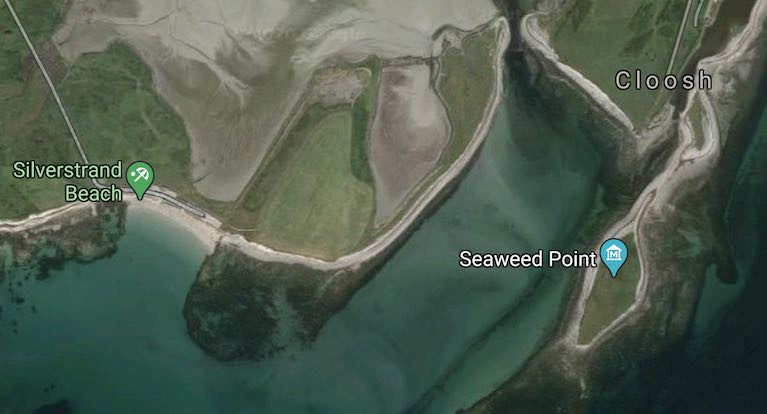Galway RNLI's deputy launching authority (DLA) has appealed to people not to try to swim ashore if caught in a tidal situation while walking.
Paul Carey, DLA at the Galway station, issued his appeal after the rescue of a man and a woman who were caught by spring tides in Galway on Sunday evening.
The two had walked out to Seaweed Point between Blackrock and Silverstrand which is accessed at low tide.
The spring tide took them by surprise and submerged their access back, according to the station.
Galway RNLI lifeboat launched at the request of the Irish Coast Guard at 4.43pm after the alarm was raised by a member of the public.
"Unaware that the lifeboat was on its way, one of the two took the decision to swim ashore to call for help," the station says.
"He was met at the shore by a member of the lifeboat shorecrew and confirmed there was another person still stranded, which was relayed to the lifeboat.
"Upon arrival, a lifeboat crew member searched the area, located the other casualty who was sheltering from the winds, and took her onboard the lifeboat.
"Both were brought back to the lifeboat station at Galway docks where they were assessed. They did not require medical attention," the station says.
“We would never recommend anyone to attempt to swim ashore," Mr Carey said afterwards.
"If people do get caught in circumstances like this they should remain on land and not attempt to swim ashore until the rescue services arrive," he advised.
The Galway RNLI helmsman Dave Badger was with crew Brian Niland, Dave McGrath and Ross Forde on the callout.
































































